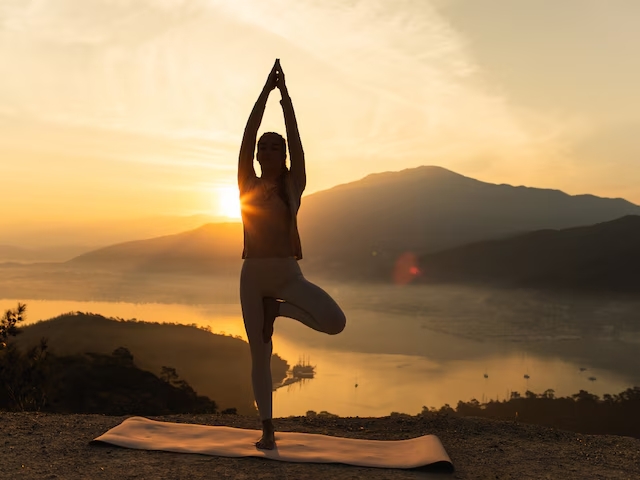oga has officially been approved as a demonstrative sport for the 2026 Asian Games, to be held in Nagoya, Japan. This inclusion is seen as a pivotal moment for yoga, elevating its status from a spiritual and health practice to a competitive discipline recognized on an international sporting stage. This decision was ratified during the 44th General Assembly of the Olympic Council of Asia (OCA) in 2024, following strong lobbying efforts by Indian authorities and sports organizations, including the Indian Olympic Association (IOA).
The Push for Inclusion
The movement to include yoga, specifically yogasana, as part of the Asian Games program gained momentum over recent years. Key figures in this effort included Randhir Singh, President of the OCA, and PT Usha, the President of the IOA. Both worked tirelessly to advocate for yoga’s inclusion, framing it as a practice that aligns perfectly with the holistic values of sport and wellness. PT Usha emphasized the universal appeal of yoga, its benefits for physical and mental well-being, and its potential to add a new dynamic to the sporting world. These efforts were supported by the Indian government, particularly by Prime Minister Narendra Modi, who has been a global advocate for yoga through initiatives like International Yoga Day.
Yogasana as a Demonstration Sport
In its debut at the 2026 Asian Games, yoga will be featured as a demonstration sport, meaning that it will not offer medals or points in the general tally but will be showcased to assess its appeal and organization as a competitive discipline. If successful, yoga could be promoted to a full competitive sport, with medals awarded, as early as the 2030 Asian Games in Doha, Qatar. This trial phase allows the OCA to gauge the popularity, logistical feasibility, and fairness of competitive yoga.
During its inclusion as a demonstrative sport, several types of yogasana events will be featured, including:
- Traditional yogasana competitions, focusing on the precise execution of classical poses.
- Artistic yogasana, which includes solo and pair performances.
- Rhythmic yogasana, performed in pairs or groups, integrating synchronized movements.
- All-round individual championships, which will test athletes’ skills across multiple yoga disciplines.
- Team events, where teams will compete to display their collective yoga prowess.
These events will offer 15 medals across various categories for both men and women, giving athletes from different countries the chance to showcase their skills and discipline on an international stage.
Why Yoga?
The decision to include yoga reflects its deep historical roots and its transformation into a globally practiced discipline. Yoga is celebrated for its minimal risk of injury and its ability to rejuvenate both body and mind. In recent years, there has been a concerted effort to formalize yogasana as a sport, which led to the establishment of organizations like the National Yogasana Sport Federation of India (NYSFI) and the International Yogasana Sports Federation (IYSF). These bodies have been instrumental in setting rules and standardizing competitive formats, which has made yoga more accessible as a sport while preserving its cultural and spiritual significance.
Impact of Inclusion
Yoga’s inclusion as a demonstrative sport at the Asian Games is a major victory for its advocates and a testament to its growing international significance. While it has traditionally been seen as a personal or spiritual practice, competitive yoga highlights strength, flexibility, and precision, which are qualities shared with other established sports. Moreover, yoga’s promotion to the Asian Games can be seen as part of a broader effort to integrate wellness-oriented sports into major global competitions.
Looking forward, the goal is for yoga to gain widespread recognition and be formally included as a medal event in future iterations of the Asian Games and possibly beyond, to other international events like the Olympics. With India being the birthplace of yoga, this development also represents a source of national pride, allowing the country to share its ancient tradition with the world in a modern, competitive format.
In conclusion, the approval of yoga as a demonstration sport in the 2026 Asian Games marks a significant milestone in its evolution from a health practice to a competitive discipline. If the sport gains enough popularity and success, it could set the stage for full inclusion with medals in 2030, marking the beginning of a new era for yoga in international sports




